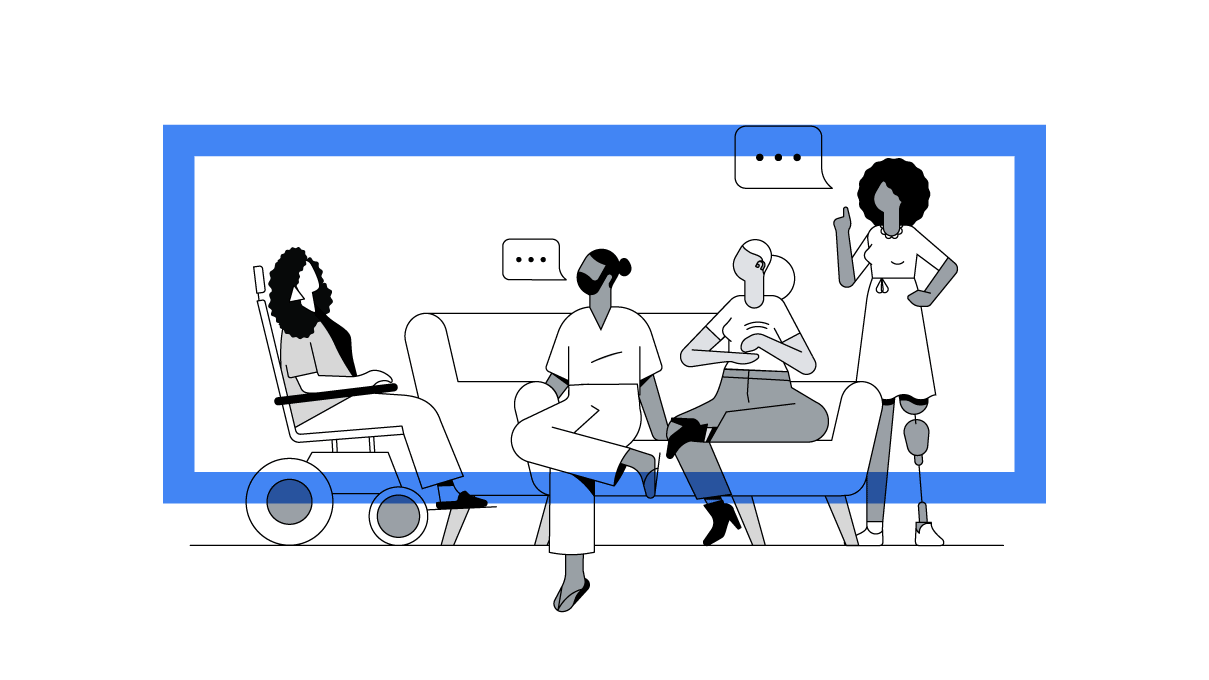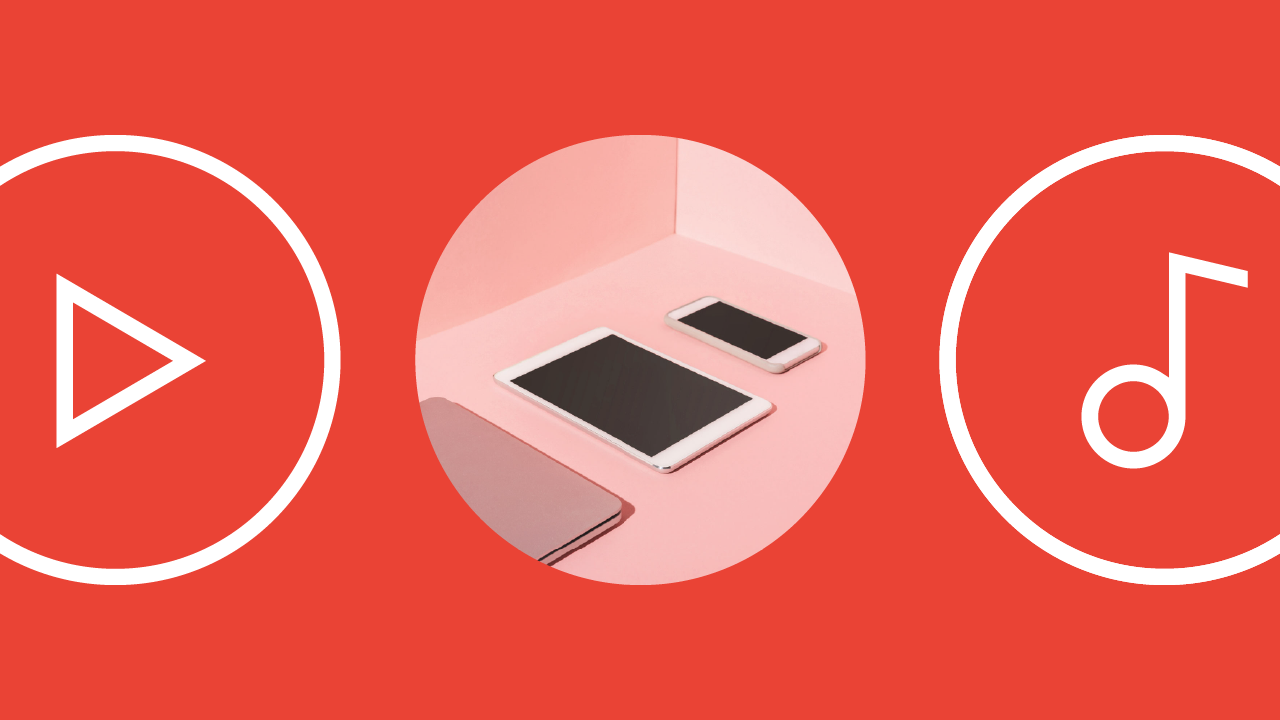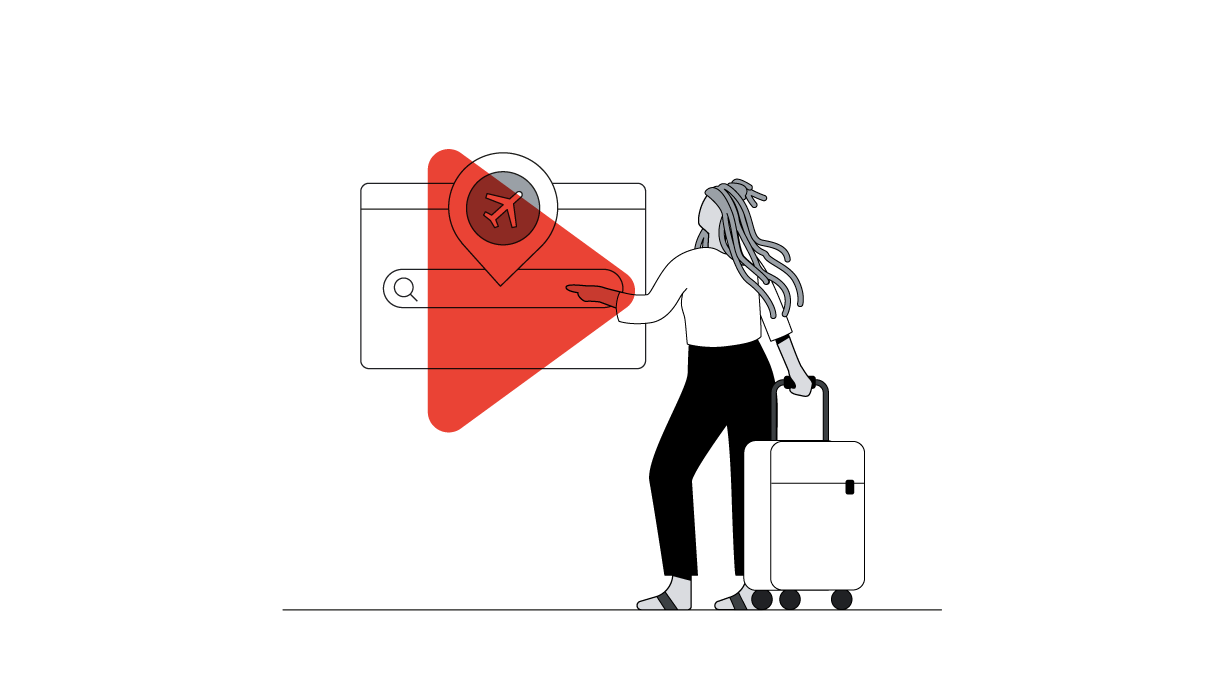Brands that want to honour and raise awareness of the LGBTQ+ community know they need to do more than show up during Pride Month in June. Support for this community of 175 million people in Asia Pacific needs to be relevant all year long. This is possible when brands continually seek to understand the community and keep pace with how it is evolving.
The latest Search trends reveal that people are exploring more fluid definitions of gender and sexuality, and research points to a sizable group of people whose attitudes, behaviours, and consumption patterns are closely aligned with the LGBTQ+ community, even if they identify as heterosexual. For brands, these findings present new opportunities to connect with and support the LGBTQ+ community all year long in meaningful ways.
Search reveals people increasingly view sexuality and gender as fluid
Broader, less binary definitions of gender and sexuality are trending. Global search interest in “unisex” and “gender neutrality” grew by 43% and 57%, respectively in the last five years.1 In the same period, search interest in “gender fluidity” increased by 80%.2 Search trends also point to people being interested in products with broader gender definitions, such as gender neutral dolls and unisex clothing.3
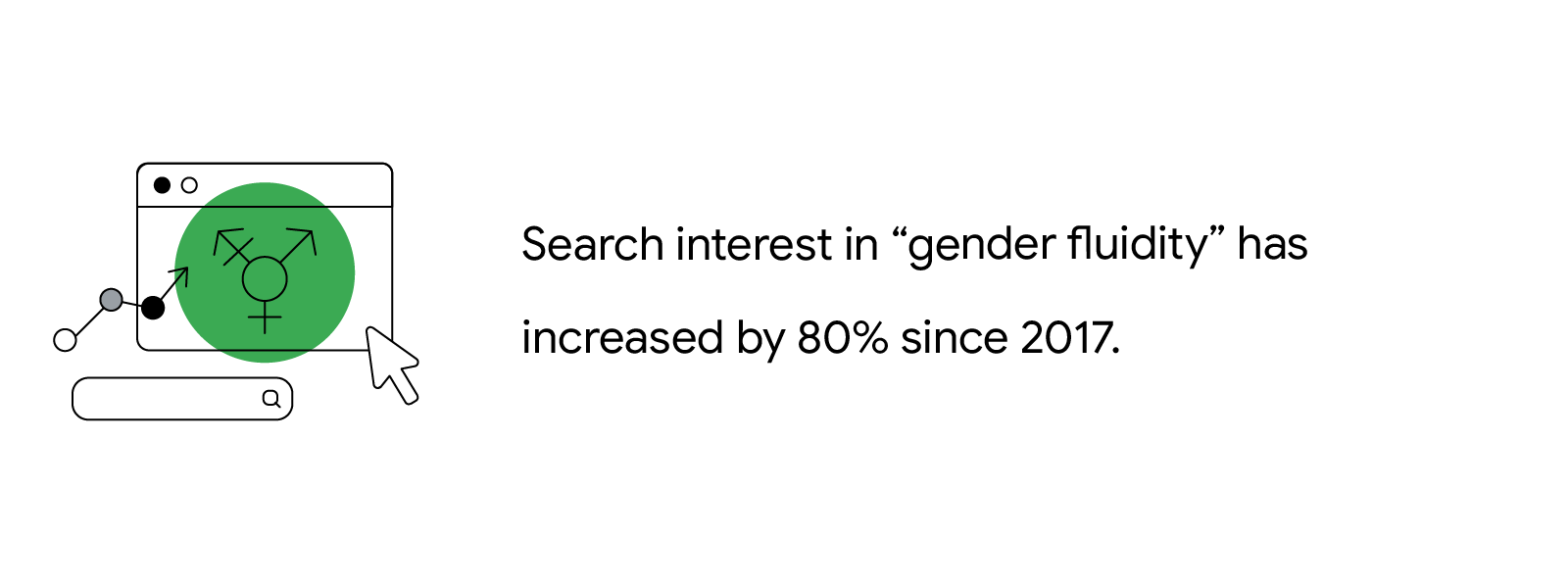
Beyond the rising search interest, the number of people with more fluid views of gender and sexuality is significant.
For one, research by Kantar shows that there is a sizable group of people whose attitudes, behaviours, and consumption patterns are closely aligned with the LGBTQ+ community, even if they identify as heterosexual. When this group of people is included in the LGBTQ+ community, the size of the community is effectively doubled.
Also, the changing view toward sexuality and gender is especially evident in the younger generation. Data shows that 16 to 24 year-olds are 23% less likely than 35 to 54 year-olds to feel it’s important to maintain gender roles.4
To keep pace with how the LGBTQ+ community is evolving and the increasing fluidity of views around gender and sexuality, brands need to rethink the gender models that inform their products to become relevant to the community all year long.
How to engage the LGBTQ+ community with inclusive marketing
Through diversity in marketing, the use of gender-neutral language, and product lines that cater to broader gender definitions, brands can meet the evolving needs of the LGBTQ+ community and grow meaningful brand engagement all year long.
Expand your product range and definitions to reflect gender fluidity
Businesses underpinned by gender definitions, such as those in fashion, can better connect with the LGBTQ+ community by having products that are gender fluid or defined more broadly.
Clothing giant Levi’s, for example, released a non-gendered collection curated by LGBTQ+ allies and Levi’s employees to champion the fluidity and freedom of authentic self-expression among its staff and customers.
Retailers and brands that categorise their products according to binary gender models can also open up or lose those rigid classifications. For example, suppose a fashion brand’s website categorises suits under men’s clothing and skirts under women’s. In that case, it misses an opportunity to promote gender diversity and inclusion and to better meet people who view gender as fluid.
Use inclusive language to make people feel welcomed
Even if gender and sexuality aren’t fundamental to your brand’s product, using inclusive language as you engage with customers can help those in the LGBTQ+ community feel seen and safe. That’s what StayUncle, an Indian hotel website for couples, did.
In addition to the usual filters on hotels for married and unmarried couples, StayUncle has a search filter for the LGBTQ+ community as well. This helps users find hotels that welcome people regardless of their sexual orientation.
Brands should also use inclusive language across all customer touchpoints, from their website to ads. Review all copy, communications, and ads from the perspective of the LGBTQ+ community and avoid using clichéd phrases without considering how they might read to the group.
Spell out your LGBTQ+ support clearly
Consumers are actively seeking inclusion: search interest in “LGBTQ friendly” has soared by 1200% over the past five years.5 So, make your support for the LGBTQ+ community visible and discoverable. Companies can easily mark their organisation as LGBTQ-friendly or a transgender safe space on their Google Business Profile.
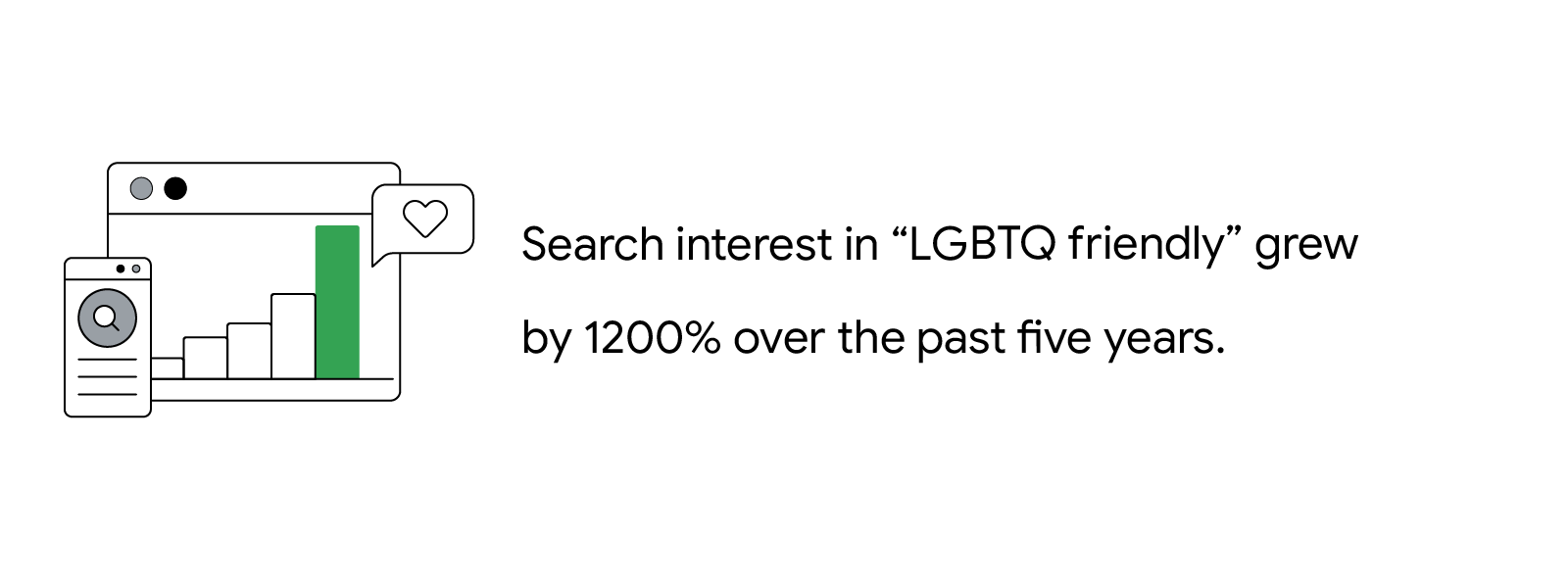
As people explore and embrace more fluid definitions of gender and sexuality, brands must evolve alongside them. By constantly seeking to understand the LGBTQ+ community and matching words with real action to support this community, brands in APAC can become more inclusive, and that’s not just good for business — that’s good for humankind.

